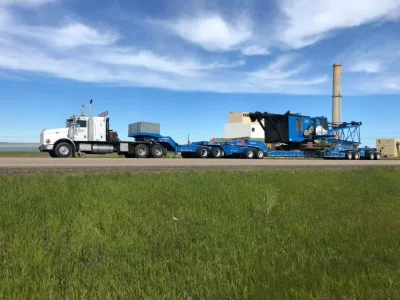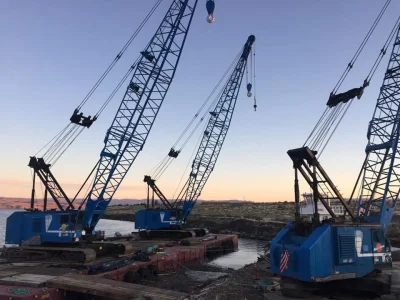Darren
Just so you know , I've been a mechanic since the early eighties , not a technician as they are called now , we actually fixed and rebuilt stuff.
I just finished up seven years of working on heavy crawler cranes , the trucks & trailers that haul them and the support vehicles to service and assemble them.
I was the guy who certified the road vehicles , tractors n' trailers as being safe . I have a couple of Journeyman tickets that I earned from years of sweat.
The number of times We put preload on any of the wheel bearings on any of that was zero . One trailer had 64 wheels , that's a lot of wheel bearings , to service and adjust , every year or as needed and that was only one , in a good sized fleet of heavy haul gear.
Lighter stuff like on an older Dana 44 that actually has adjustable / serviceable wheel bearing were no different , just smaller , some play is acceptable and is the way it was done. Same as a full floating rear axle , no preload , but a teeny bit of play.
I worked on smaller shit too , was never my thing , working on soccer moms poorly maintained miny van.
Todays light duty junk is all throw away , unit bearings , these younger guys would struggle trying to figure out how to adjust a wheel bearing correctly , I've seen it happen and laughed.
I should add , I wouldn't be seen driving or working on a Kia . whatever wheel bearing setup is required for that , has little to do with what the original poster was trying to explain to us.
Yes , on a motorcycle , the neck bearings have some preload , if they didn't the bike would wobble so bad you'd get bucked off. A neck bearing is not a wheel bearing and see's no loads that even comes close to what a wheel bearing is subjected to.
No arrogance intended , I just felt you need to know a bit about my background before jumping in to "set me straight"
It looks like we've successfully wrecked this thread , sorry .




